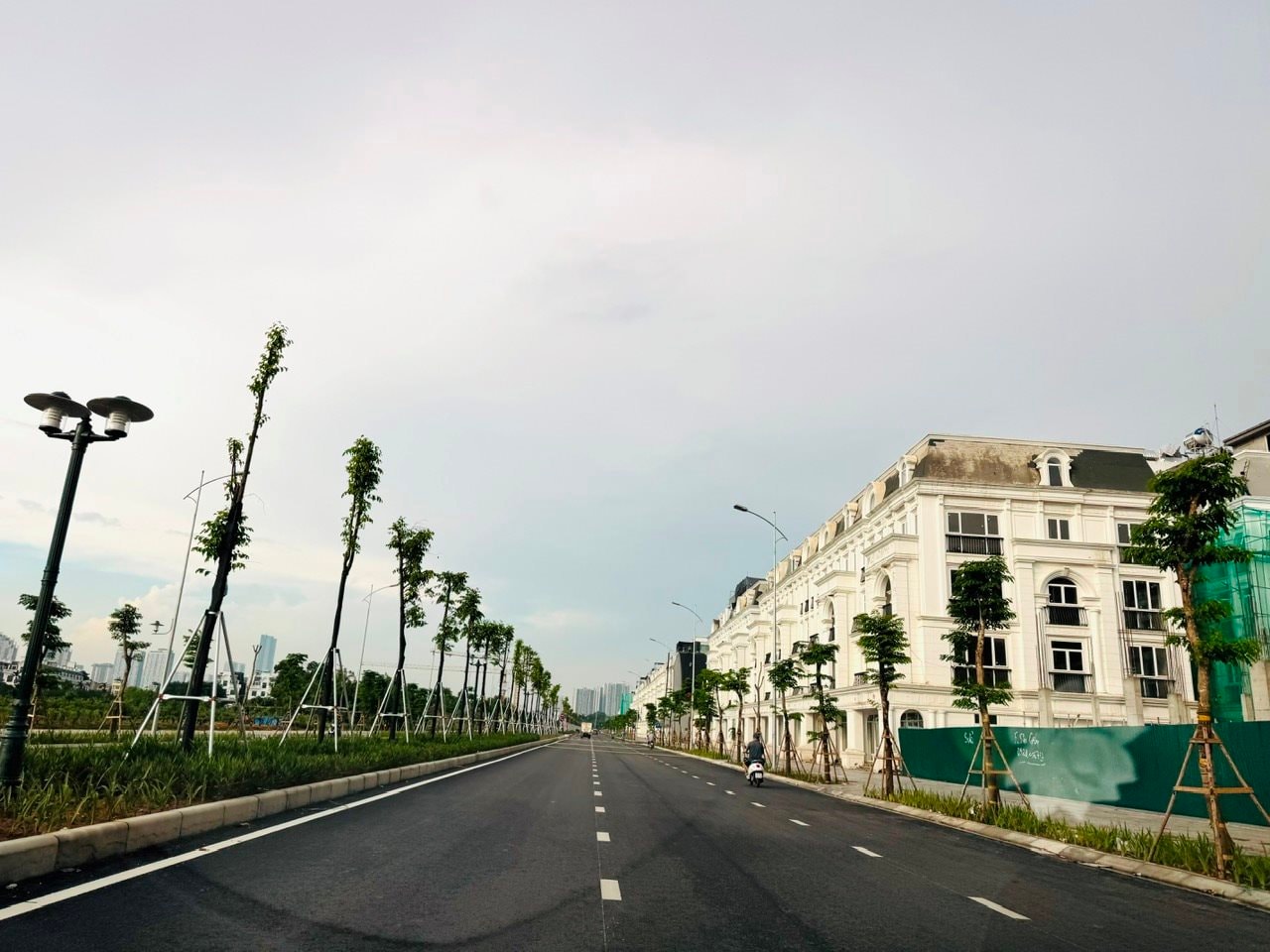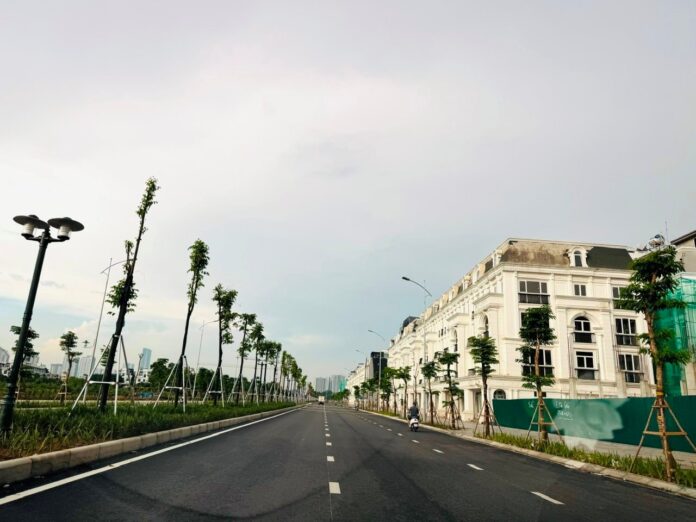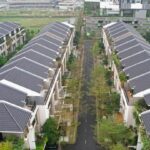
VIS Rating anticipates that supportive policies will continue to stabilize and improve the real estate market in 2025. (Photo: MarketTimes)
During the first quarter of 2025, the residential real estate sector witnessed a robust recovery in both supply and absorption rates. This significantly enhanced the profitability and leverage ratios of the top 30 listed enterprises with the highest revenue that VIS Rating monitors. However, operating cash flow (CFO) remaining negative is a key weakness in the industry’s credit profile.
VIS Rating anticipates that supportive policies will continue to stabilize and enhance the real estate market in 2025, thereby increasing sales, improving CFO, and enhancing debt coverage ratios in the second half. Capital-raising channels will remain stable, enabling investors (CĐT) to better manage liquidity risks.
Regarding supportive policies for project development: Procedures for project approvals continued to improve in Q1 2025, with a 37% year-over-year increase in the number of newly licensed projects.
Decree 76/2025/ND-CP, dated April 1, 2025, clarified land use fee calculations, thereby removing legal obstacles for 64 delayed projects. This will benefit developers such as NVL, Sovico, and Eurowindow.
Decree 75/2025/ND-CP, also dated April 1, 2025, allows competent authorities to license qualified commercial housing projects on non-residential land. This facilitates the process of land-use conversion, construction, and commercialization of related projects.
In terms of the residential real estate market, new housing supply in Hanoi and Ho Chi Minh City increased by 51% year-over-year in Q1 2025, mainly from the luxury segment. The absorption rate in these cities also rose to 108% in Q1 2025, up from 95% in Q4 2024. Enterprises under our surveillance, such as VHM and NLG, recorded sales growth of 116% and 120% year-over-year, respectively.
Following the provincial mergers, developers are increasingly focusing on new administrative centers to leverage positive psychology and rising real estate prices. Some significant projects in these areas include Alluvia City (198ha), Vinhomes Green City (197ha), and Bac Giang Dream City (121ha). Access to capital remains stable, mainly from bank loans.
Real estate business credit debt increased by 34% year-over-year in Q1 2025 (2024: 24%) as developers accelerated project development post-legal approval. Home loan debt growth remained stable in Q1 2025 at 12% year-over-year.
Corporate bond issuance activity remained low in the past quarter. However, VIS Rating anticipates improved bond issuance in the second half of 2025 to support land fund expansion, especially as local governments are finalized post-merger.
Regarding the financial health of enterprises: Leverage ratios improved due to increased profits; CFO remained negative as developers increased borrowing for project investment.
The leverage ratio of the top 30 listed enterprises by revenue that VIS Rating monitors showed significant improvement in Q1 2025. The industry’s average Debt/EBITDA ratio decreased to 3.0x in Q1 2025 from 4.2x in Q1 2024, thanks to a 45% year-over-year surge in EBITDA, far outpacing the 16.2% year-over-year growth in total debt.
This debt growth was mainly driven by large developers like VHM, DXG, and KDH. This group aggressively borrowed to invest in project development in major urban centers. In contrast, developers in the resort and speculative segments continued to lag in project implementation.
Despite improved revenue, CFO remained negative, a key weakness in the industry’s credit profile. However, the deficit in Q1 2025 narrowed to -VND 2 trillion (Q1 2024: -VND 12 trillion) due to increased cash inflows from sales.
Why Are Hanoi Apartment Prices Soaring?
The soaring prices of apartments in Hanoi can be attributed to the high input costs of developing a commercial residential project. Land costs, which account for 25% of the total project cost, surge to 40-50% for prime locations. Additionally, construction costs have been on a steep upward trajectory recently, further contributing to the overall expense.
The Abandoned Property Conundrum: A Case for Higher Taxes
“It’s time to tax vacant properties, say experts, to curb property speculation and prevent waste. This measure would ensure that resources are not squandered and could help alleviate the issue of vacant properties, which is a growing concern in many cities.”
“Ensuring Equal Access: The Prime Minister’s Meeting with Vingroup and Sungroup Leaders”
The Prime Minister has taken a firm stance against any manipulative practices in the real estate market. He has directed authorities to take stringent action against those who engage in price manipulation, speculation, market rigging, and profiteering, ensuring that such malicious activities are eradicated from the industry.





















